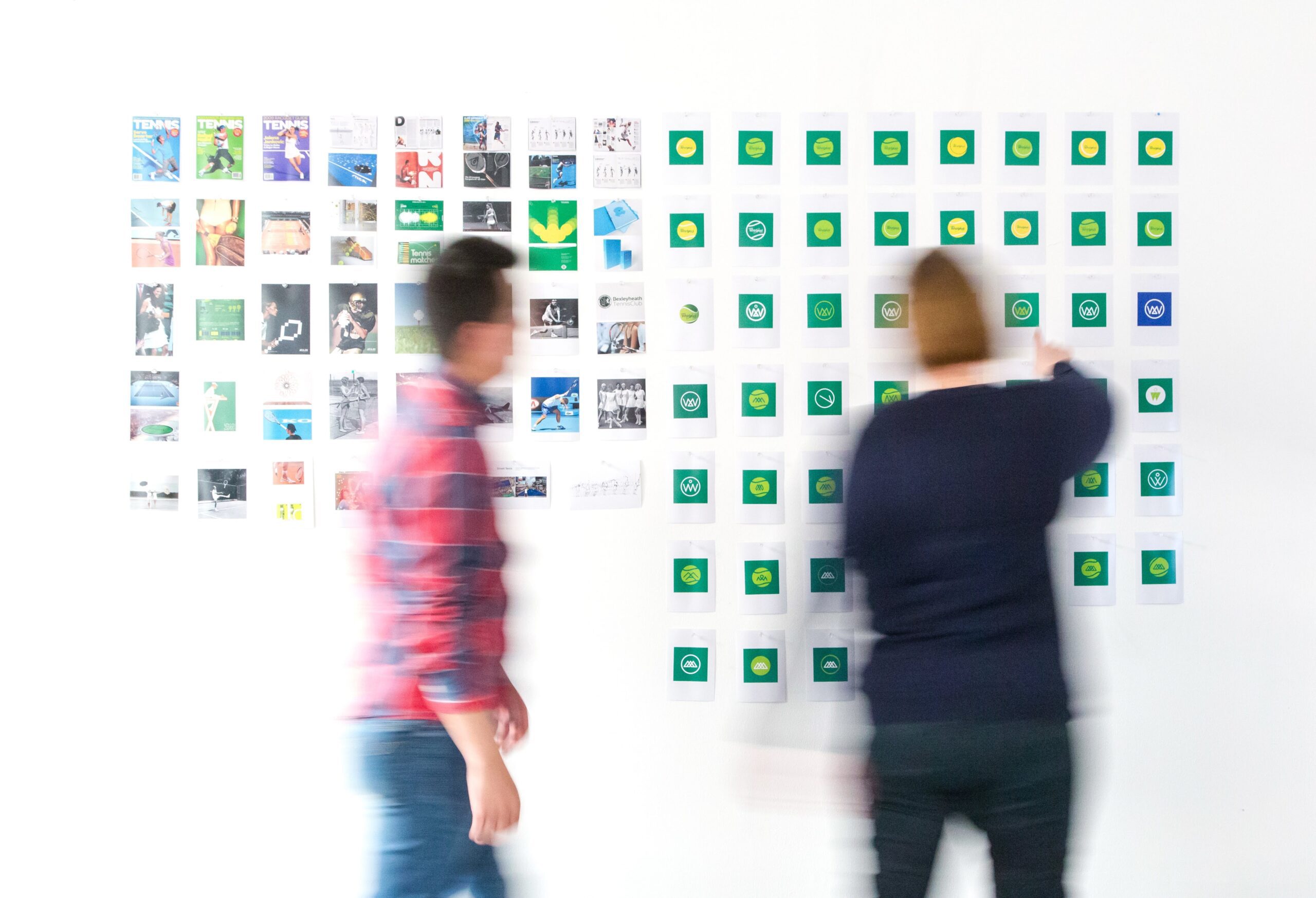
Google-style brainstorming
Google doesn’t have a magic recipe for innovation, but it’s pretty good at it. That, among many other reasons, surely has to do with how well you have perfected the art of brainstorming. The good thing about all this is that you can also improve this technique to achieve the best ‘brainstorming’.
Veronique Lafargue has shared three of the steps that ‘googlers’ follow, three basic principles that can be adapted and applied in any organization, regardless of its size or the industry to which it belongs.
Apparently, for brainstorming sessions to be effective, the key is to have some structure. That is why they have created this linear process that we describe below.
1: Meet the user.
To solve an important issue, you first have to focus on the user. So what Google employees do is go out and talk to people. They collect stories, emotions and ideas. They learn to feel good with silence, to look, to listen, to empathize. And it is not enough to know the needs of users, you also have to understand them and identify with them as much as possible.
That is the first mistake of many brainstorming sessions: everyone is in the room except the user.
2: Think to the tenth power.
The concept of ’10x thinking’, as the Anglo-Saxon world of business is known, consists of trying to improve an idea ten times, instead of being satisfied with improving it by 10%.
You already have the first step, which is to have the information about the client’s needs. Now you have to think. But do not think in any way, but to the tenth power. According to Veronique Lafargue, this way of thinking is the basis of innovation at Google.
The next step is for each participant to write down their ideas individually before brainstorming, but to get the most out of them, it’s helpful to keep the following in mind:
- -It is better to answer “Yes, and…” than “no”.
- -Generates many ideas: at this point quantity is better than quality.
- -Write headlines: Describing an idea in less than six words helps clarify it.
- -Illustrates: as they say, a picture is worth a thousand words.
- -Think big: try to have bold ideas.
- -Do not judge the ideas in the middle of the brainstorming session.
3: Prototype.
The time has come to take action. One of the most common mistakes of these sessions is to leave this final part for a second meeting. Better take advantage of the fact that the brain is in full boil to create a prototype immediately. It doesn’t have to be perfect, just a physical manifestation of an idea strictly designed to answer the most immediate questions and test whether our first guesses about the idea look promising.
You may also like
Categories
- Android (3)
- Antivirus (1)
- Artificial Intelligence (AI) (20)
- Automobili (6)
- Bitcoins (6)
- Blockchain (8)
- CAREER (18)
- Cloud Computing (15)
- Cybersecurity (28)
- DEVELOPMENT (20)
- Digital Transformation (62)
- EDUCATION (20)
- FINANCE (99)
- HEALTHCARE (98)
- Home Security Systems (2)
- IGAMING (12)
- Internet of Things (IoT) (28)
- Laptops (8)
- NEWS (351)
- Printers (2)
- PRODUCTS (90)
- RETAIL (31)
- Routers (8)
- SECURITY (60)
- Servers (13)
- SERVICE (12)
- Smartwatches (2)
- Storage (2)
- Streaming Devices (13)
- SUSTAINABILITY (56)
